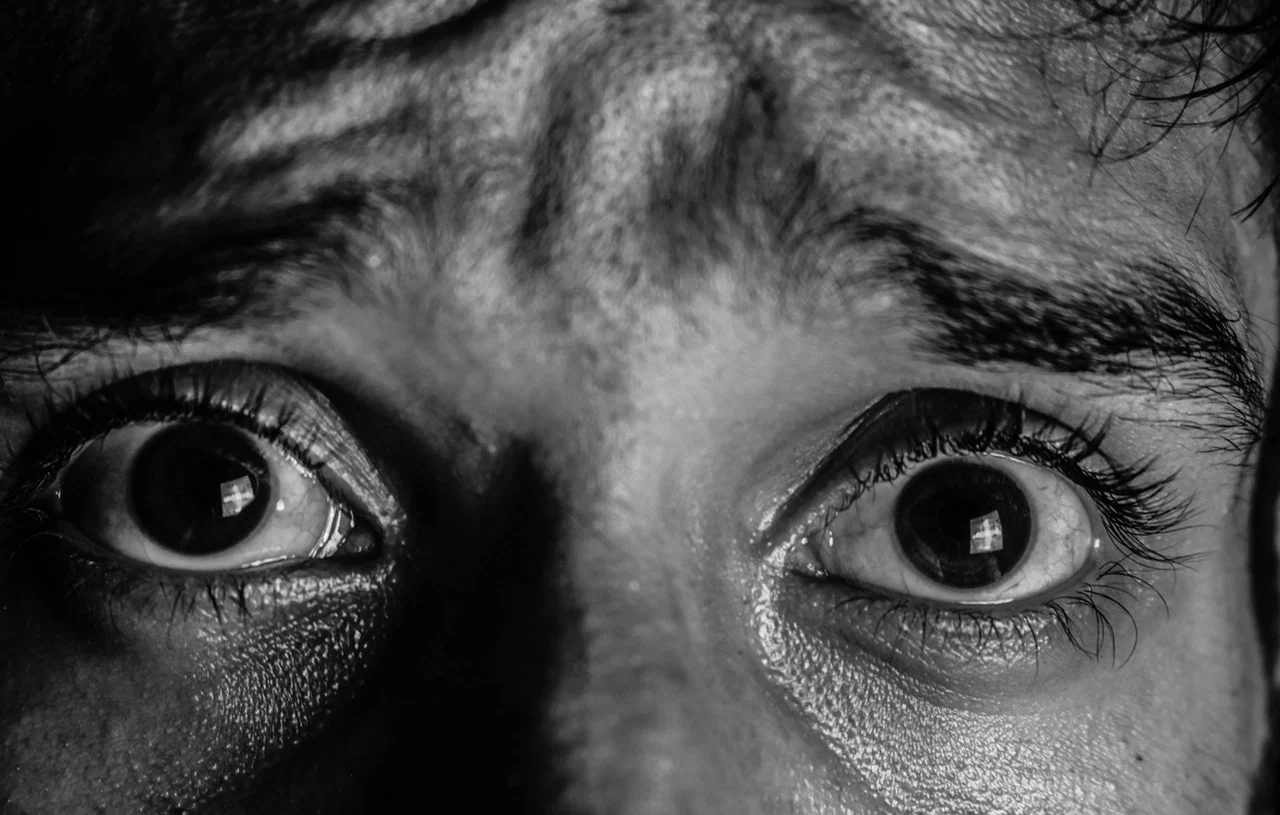The Magic of the Limbic System
/By Samara Khalil
Emotions: we all have them. In fact, you are experiencing this phenomenon at this very moment. But, what is an emotion, really? Is it a tangible anatomical function that scientists can map on a brain, or is it an abstract idea that humans have developed as a scapegoat for irrational behavior? As it turns out, emotions are a mixture of the abstract and the concrete.
Emotions are tangible, partly. The collection of structures in the brain believed to be responsible for emotions is called the limbic system. It is one of the phylogenetically oldest structures in the brain and includes the cingulate gyrus, thalamus, fornix, hypothalamus, mammillary body, hippocampus, amygdala and olfactory bulb. Together, these structures play a major role not only in emotion, but also in motivation and emotional association with memory.
The hippocampus is responsible for converting short-term memory into long-term memory, and therefore also plays a role in learning. The amygdala is a small, almond shaped structure in the brain and is involved in all high order social-emotional activities such as love, friendliness, aggression, rage, and fear. The hypothalamus regulates the secretion of hormones in humans responsible for desires like hunger and thirst via the pituitary glands.
When given a straightforward function of each of these structures in the brain, it is hard to sense the immense implications that each function holds. For example, the amygdala creates emotional fear. If humans did not have fear or the memory of fear, what would help us learn from our mistakes? What would drive us to learn new things? What would spark the desire within us to perform a task well if not fear of failure or fear of punishment? Without the amygdala, yes, we may not have fear- but we may also not be the adaptive, evolving species that we are.
The hypothalamus is in charge of secreting many hormones in the body. Oxytocin, the "love hormone" is one of them. Oxytocin is released in animals when they give birth to a newborn child. The hormone creates a strong, maternal connection; it makes a mother want to take care and protect her child from harm's way. One possible explanation as to why this hormone exists in life is to encourage species regeneration. Oxytocin creates an emotional environment where one animal wants to defend another animal of the same species from danger or death. If it, and the hypothalamus, did not exist, it may make carrying on a species a very difficult task.
Given these examples, it may be easy to say that the limbic system's existence is very important for survival and for evolution. However, lest we forget that the limbic system is responsible for creating reactive, uncontrollable emotions- especially in humans. Often time, our humanly emotions interfere with our ability to make logical decisions. Our tendency to have strong emotional reactions gets in the way of thinking rationally; and these strong emotional reactions may stem from our memories. The hippocampus, converting short-term memories into long-term memories, influences every single decision we make. We pull upon our past experiences to evaluate present tasks at hand, and it may very well be impossible for humans to make any decisions without first consulting their memories.
Let's ponder a question: what would humans be without the limbic system? If we consult our emotions with every decision, every action we make- it must mean that our emotions are very ingrained into our being, and it does. Our emotions are intertwined with all the energy in our body. We are passionate, volatile, sensitive creatures all because of the feelings we possess. If we didn't refer back to our emotions when choosing what to do or say next, we may lose our humanity altogether. The limbic system may be the defining factor that separates us from being a community of intelligent machines.
Now, zoom out for a moment. It may be hard to digest that the structures that comprise the limbic system are among the most phylogenetically ancient, especially since they are believed to be in charge of emotion. It may also be alarming to learn that the size of the limbic system across this vast array of species is very consistent. Typically, society doesn't view sharks or squirrels as the most emotionally complex. So, what is it about humans that make us so dependent on emotions?
Primates are the most similar to Homo Sapiens as a species. They also have very similarly sized limbic systems. One key difference between the brains of primates and the brains of humans, however, is the size of the frontal lobe. Human beings have an immense frontal lobe in comparison to all other animals, and the structures of the limbic system mostly reside in this lobe of the brain. Although science has not yet reached an answer as to why our limbic system seems to be so much more active in comparison to that of other species, the size of the frontal lobe may lead to a possible explanation.
The limbic system is comprised of a set of structures with an array of functions. The hippocampus engraves long-term memories into our brain, the amygdala plays a role in fear and learning, and the hypothalamus secretes hormones into our body. They all have finite functions with infinite effects. Our individual emotions are perhaps the best example of the innumerable variety of consequences that arise from the existence of the limbic system. Although emotions can be assigned to a single area in the brain, the existence of them is still abstract and not understood.



